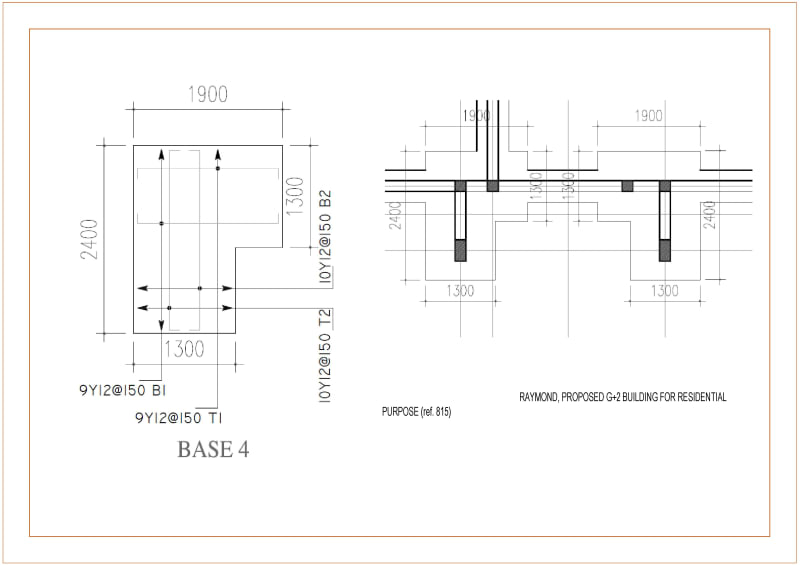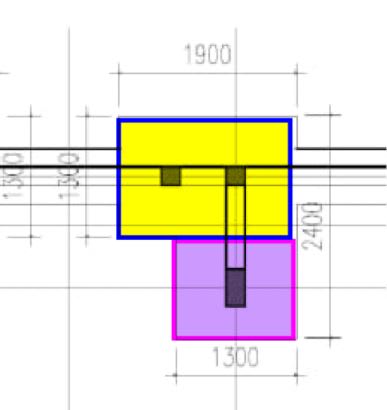I generally prefer it when a drawing clearly labels something as a plan view and section cut. Those images are both plan views.... Right?
Regardless, I don't know why a building code wouldn't allow something like this. Early in my career I worked for a company that did a lot of foreign project. Regardless, a normal project we would have used the same five or 10 footing sizes for every foundation we could. Construction could re-use the forms, save on labor (because the forms would be simpler shapes), save on time. Generally a win-win. The only drawback was we'd oversize some foundations so that they'd be similar to the other foundations in that area.
This was often in locations where labor was dirt cheap. On one project, our client (who was the general contractor) had an odd contract that essentially based their profit on minimizing material costs. Actually, it probably meant that it minimized their losses. Regardless, we our client basically said, "I don't care how much form work we need. We're happy to use 100 different sizes for 100 footings.... If it saves us 1 yard of concrete."
So, basically all our footing were customized sizes and we'd put in goofy shaped footings... just to save a little concrete. We were getting paid by the hour. So, while it seemed crazy inefficient to us, that's what we did.
Still, it was better than the days when the company had done "cost plus" jobs. In those days, the project managers would genuinely encouraged tried to make their project as expensive as possible.... because that increased our profit.


